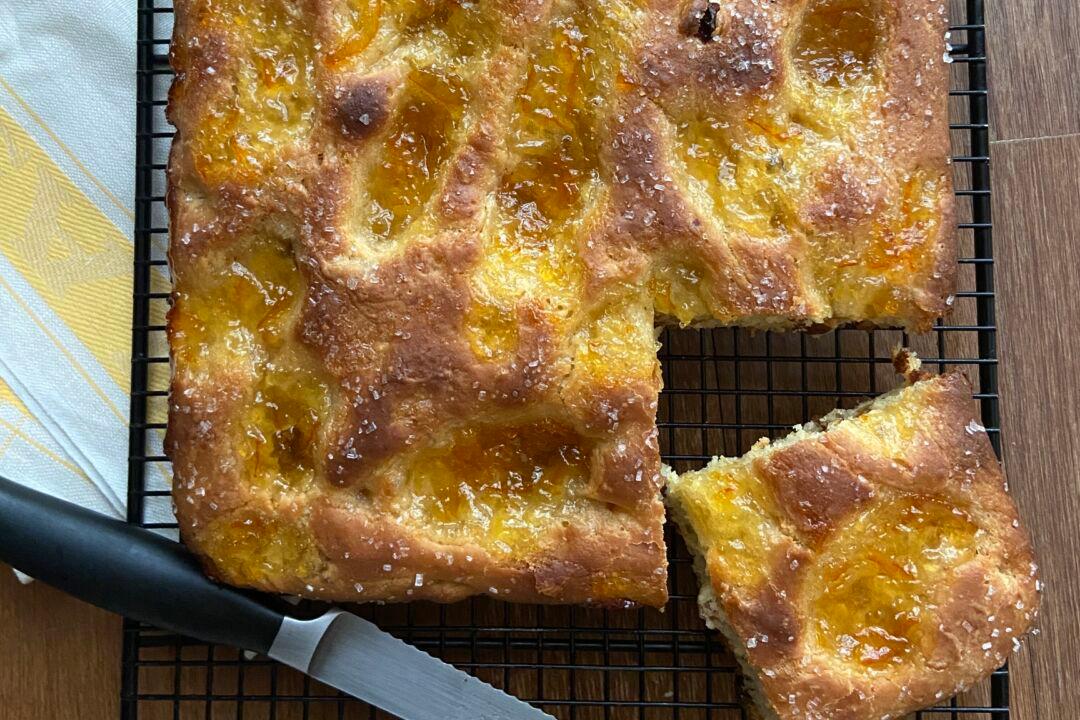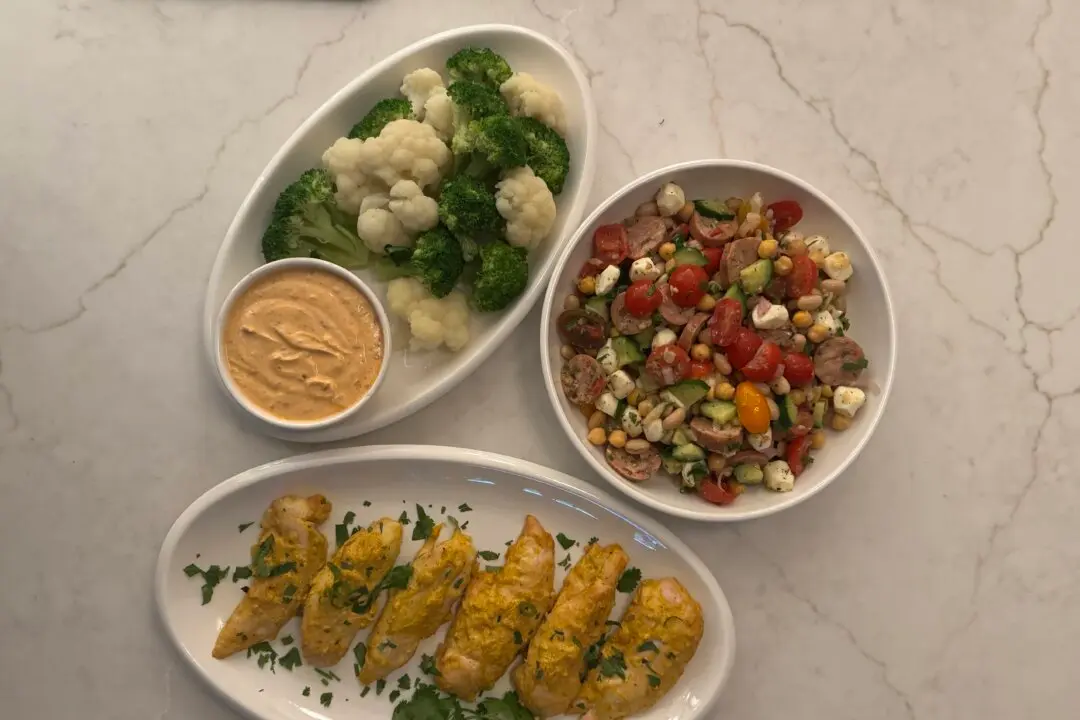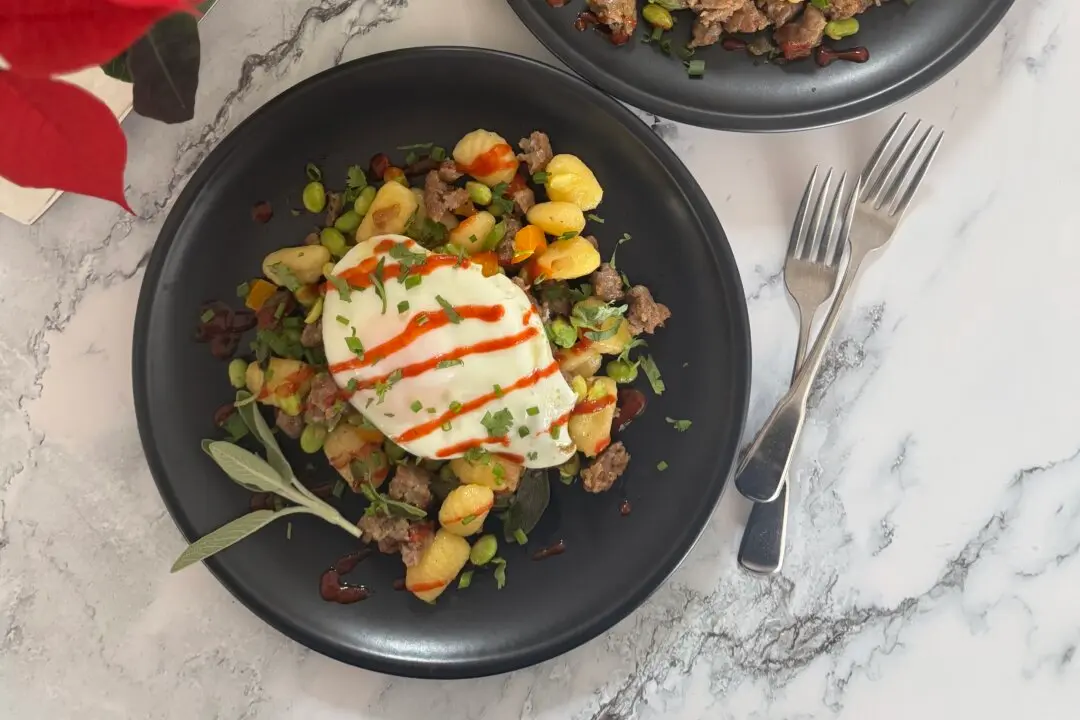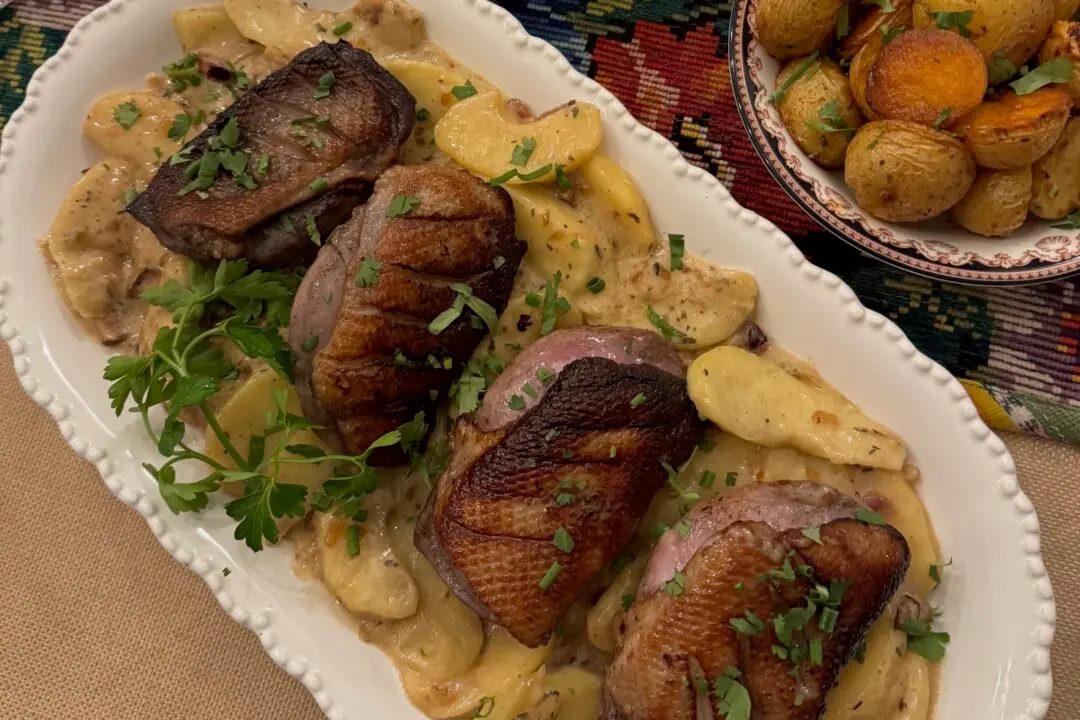Freshly baked bread is our family’s love language. We nearly always have a beautiful loaf on the menu, no matter the season. During the cold weather, patience comes easily for the long, slow rises of homemade sourdough loaves. As the days lengthen, we turn to quicker rises, brighter flavors, and lighter texture.
Both of the breads that follow taste best served warm. The cook will need to plan accordingly, especially if serving them at brunch—in our minds, a perfect place for carbs. Calculate the time to make the dough and then allow for two rises and long baking times. Good news: The breads reheat fine in a warm oven.





